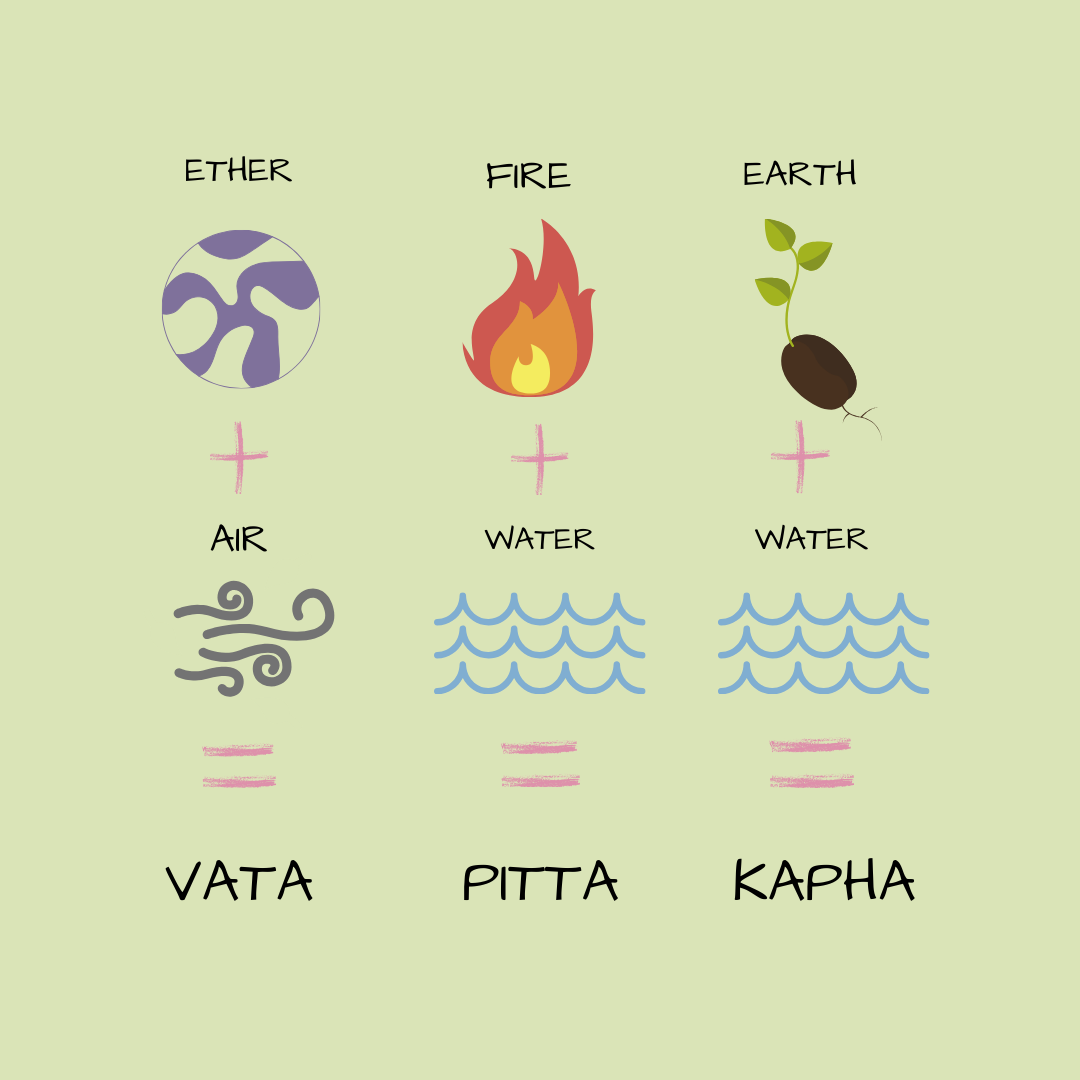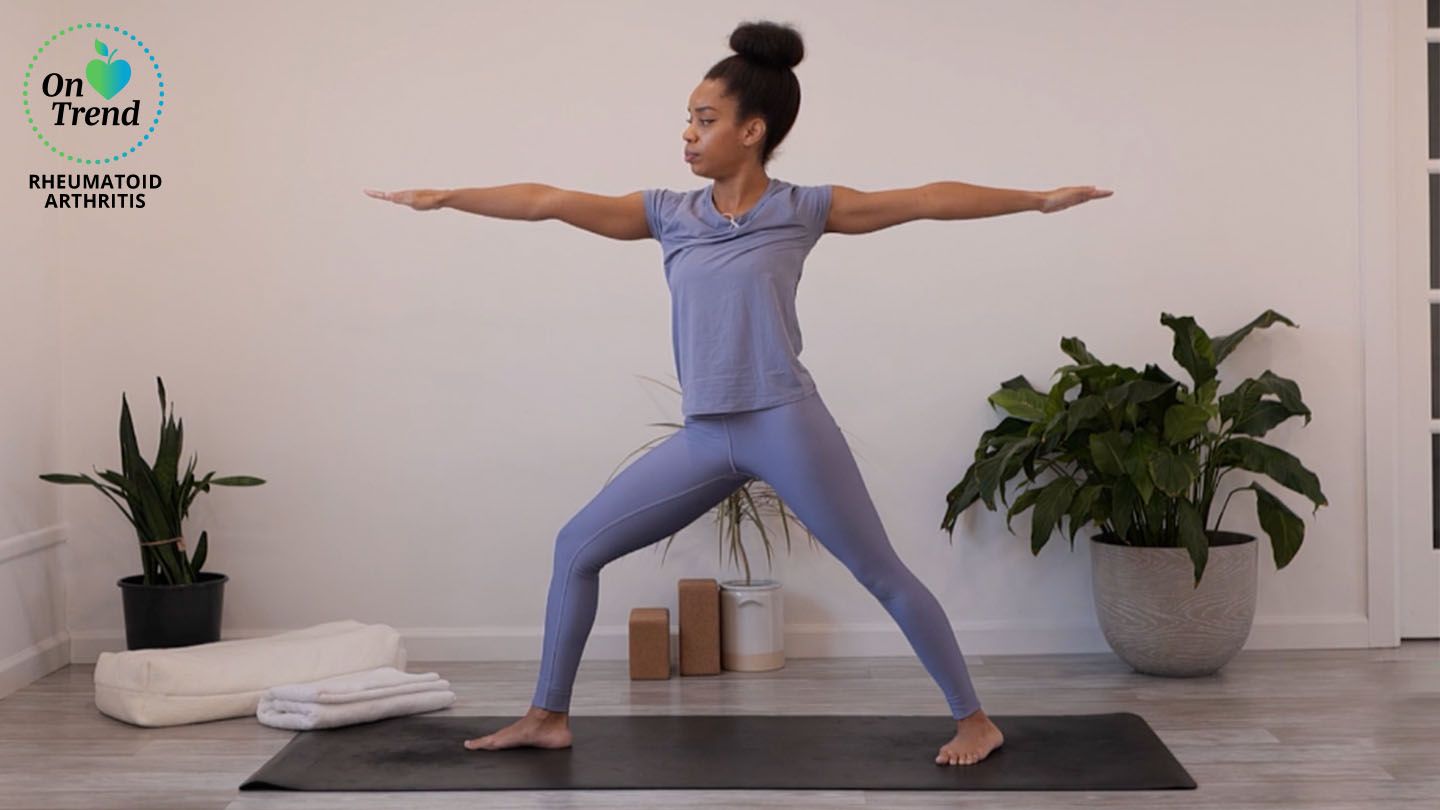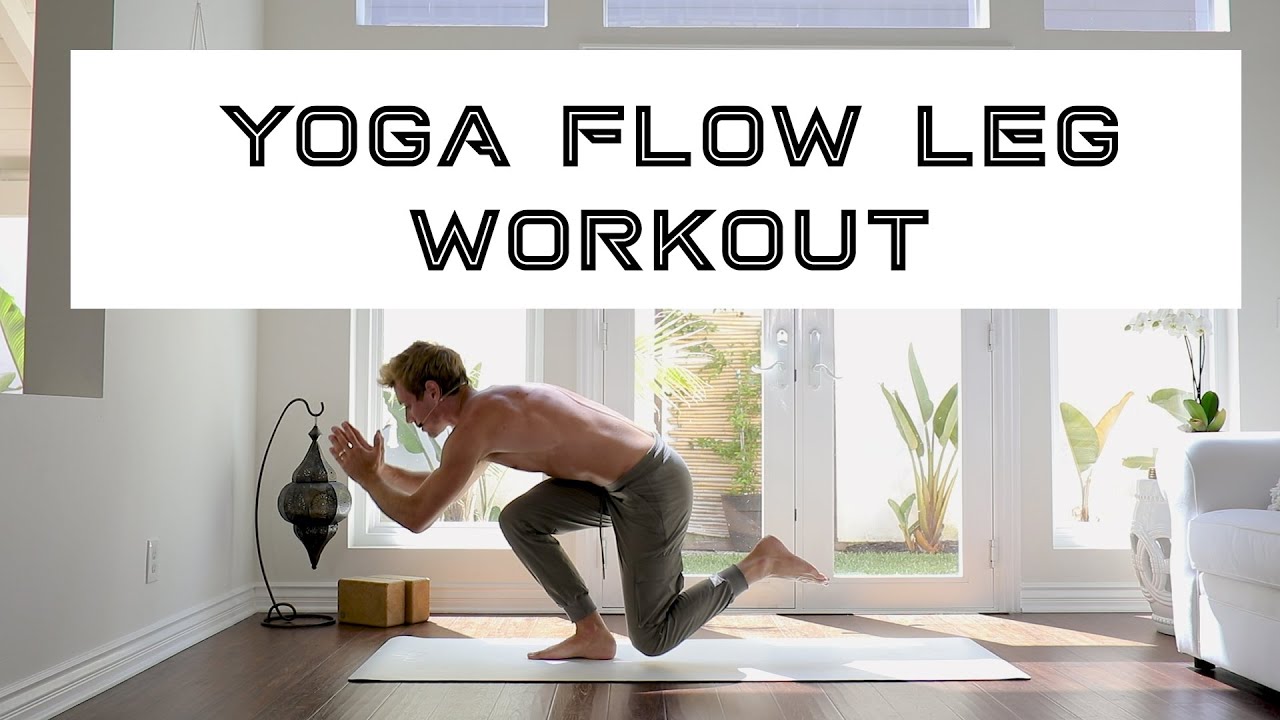
Power yoga can be done at home if you are looking for a method to do it. Practicing power yoga at home can give you the same benefits as a yoga class - but at your own pace. Here's how you can do power yoga at home. Take these poses and combine them into a 10- to 15-minute practice. Then, adapt each pose to suit your needs. For additional resistance, you may also use weightless items to help but don't do too much.
Practicing power yoga at home
Finding a class that suits you and your goals is the best way to do power yoga at home. Some people find that practicing power yoga in a group setting is more effective than alone, while others prefer to do it alone. It doesn't matter what your choice is, it can be helpful to have someone to help you. It is also a good idea to have a guide or a teacher who can offer you tips and suggestions.

Power yoga can help improve your flexibility and your mind. Flexibility is important because it helps to prevent common aches/pains, prevents injuries and keeps you on your feet. It promotes relaxation and good mood.
Power yoga has many benefits
There are several benefits of doing power yoga at home. You can concentrate on your breathing and focus for longer periods of time because there is less distraction. It is also possible to choose the best time to practice. It is best to do power yoga before you start your day. However, you can also practice it at night before going to sleep. It can help you sleep better.
It is crucial to define your goals when you are just starting out. Start out with easy poses, and gradually move to more difficult ones. This will prevent you from getting bored. If you are a beginner, you might consider having a teacher help you. When you practice with someone, you're less likely not to miss a session.
Zuda Yoga offers power yoga at home
Zuda Yoga offers classes that cater to all levels of power yoga. You can also get DVDs that enable you to practice yoga at-home. This is a good option for those who are not able to attend regular yoga classes but still wish to keep up a consistent practice. Power yoga is a great option to raise your heart rate and improve health. Zuda Yoga offers classes to students in Folsom and Rocklin (California).

Power yoga is different from traditional yoga in that it emphasizes movement, transitions and balance. Traditional yoga may have moments when you need to switch from one position to the other, but power-yoga multiplies those moments by ten.
FAQ
Are there any benefits to yoga for those with chronic illnesses?
Yoga may help people with chronic illnesses such as diabetes and heart disease by improving overall fitness, reducing stress, and increasing flexibility.
Yoga can also be helpful for other conditions, such as arthritis and cancer, depression.
What are the best kinds of yoga mats to use?
There are many types of yoga mats. You can choose one based upon its price, size, and durability.
A quality mat is thick enough to protect your floors from scratches, but thin enough that it can be moved quickly.
An inexpensive mat might not be enough to provide sufficient support.
Does yoga have any effect on pain management?
Chronic back pain sufferers may find yoga to be a good treatment. It improves flexibility, balance, strength and stress management.
Before starting a routine of yoga, as with all exercise programs, you should consult with your doctor.
What do I need in order to practice yoga?
For lying down, you'll need a mattress (some of them foldable), some loose clothes, and a towel or blanket.
For certain poses, you might also need props such as straps, blocks, bolsters and blankets.
In general, however you won't need anything. If you're interested in starting yoga, you need a desire to make positive changes in your life and a willingness to commit to the process.
Can I join classes with others?
It depends on the class. Private lessons may be offered only by some teachers. Other teachers offer group classes, where students can get to know each other.
Some studios offer "classes within classes", which allow you to be paired up with someone who has similar interests and goals.
What are the different types of yoga?
The most popular type of yoga is Bikram Yoga (Bikram heated). Other forms include Hatha, Ashtanga, Vinyasa, Iyengar, Kundalini, Yin, Power Yoga, Flow Yoga, Reiki, Pilates, Restorative, Aerial, etc.
What are the differences between Hatha and Ashtanga, Vinyasa Power Yoga, Power Yogas, Kripalu, Bikram, Power Yogas, Vinyasa and Power Yogas? ?
There are many styles of yoga. Each style offers its own way of finding balance in our lives.
These are the most popular yoga forms:
Hatha is an exercise that involves stretching and poses with a focus on core strength, flexibility, and balance.
Ashtanga - This focuses on slow-paced movements that build strength and stamina.
Vinyasa is a type of yoga that allows you to deepen your breath through fast-moving sequences.
Power - This type of power yoga includes more difficult moves.
Kripla – One of the oldest forms if yoga that dates back thousands upon thousands of years.
Bikram: This form of yoga is done in heated rooms.
Statistics
- The people in the yoga group were 37 percent more likely to have quit smoking by the end of the 8-week program. (nccih.nih.gov)
- Lock in 25% off your Founding Member rate. (corepoweryoga.com)
- The American Psychological Association recently shared that 84% of American adults feel the impact of prolonged stress (5). (healthline.com)
- Start your Fall off right with 20% off All Access Membership when you sign up by 9/25! (corepoweryoga.com)
- In comparison, a 125-pound person is estimated to burn 135 calories in 30 minutes of walking (at a pace of 15-minute miles) and 210 calories bicycling at a moderate pace on a stationary bike. (everydayhealth.com)
External Links
How To
Is yoga a good workout?
Yoga isn’t just for those who want to lose weight. Yoga can help you improve flexibility, balance and coordination as well as strength, focus, calmness, and coordination.
Yoga is not just exercise; instead, it's an art form. These poses can help you to relax and calm down. They help us to improve our posture, concentration, and breathing.
Yoga is practiced by yogis. Yogis follow various forms of yoga, including Hatha, Ashtanga, Iyengar, Vinyasa, Bikram, Kundalini, Yin Yang, and Restorative.
There are many kinds of yoga. However, all share similar goals. Each type is focused on different aspects. You can choose from meditation, pranayama or Hatha yoga.
Some yoga exercises that require no equipment are:
-
Sun Salutation - This series of 12 postures starts with a forward bend, followed by 10 other poses.
-
Warrior Pose - While holding a stick or staff, a warrior pose is done.
-
Triangle Pose – To achieve this pose, you need to raise one leg and then bend at the knee.
-
Standing Forward Bend - This pose is performed by sitting on the floor with legs straight and then folding forward at the waist.
-
Seated Twist – This pose can be performed while seated on either a chair or a mat.
-
Cobra Pose- This is when you are lying flat on your stomach with your arms extended overhead.
-
Child's posing - This position is performed while facing up on the ground.
-
Cat/Cow Pose: This combination of a cow and cat pose is called the Cat/Cow Pose. While lying face down, raise your upper body off the ground. Next, roll onto your back and place both of your hands under you shoulders.
-
Head Tilt – This pose involves tilting your head back, while your eyes are closed.
-
Shoulder Stand: This is when you stand straight with your feet up and your arms extended above your head.
-
Tree Pose – This is a pose where you kneel on your knees and place your hands underneath your shoulders.
-
Bow Pose – This is when you bend forward from your hips and place your hands on the ground.
-
Corpse Pose – This pose can be held for up to five minutes.
-
Mountain Pose - The mountain pose is where you stand tall while your spine is straight.
-
Legs Up the Wall Pose - This pose is executed by hanging upside-down from a wall.
-
Side Angle Pose - This pose is accomplished by leaning against a wall and putting your right arm next to the wall.
-
Plank Position: This is when your legs are bent at the waist and your arms extend out to one side.
-
Bridge Pose - This pose is obtained by balancing on your elbows and toes.
-
Reverse Table Top Pose - This pose is attained by lying on your tummy and reaching your arms toward the ceiling.
-
Handstand – This pose requires strength and balance. Hold yourself in between two walls or use a door frame to do this pose.
-
Half Moon Pose also known as Hero Pose. This is achieved by standing on your hands, and toes.
-
Headstand (or handstand) - This position requires balance and strength. You can perform this pose either on a wall or using a doorframe.
-
Forearm Balance – This is a pose where your forearms rest on a tabletop.
-
Spinal twist - This is a pose where your belly lies while your arms reach your arms.
-
Supported Bound Angle Pose - This pose requires balance and support. To support your body, you will need to locate a strong object such as a tree branch or an old beam.
-
Wide Leg Forward Fold - This pose is achieved by spreading your legs apart and touching your toes.
-
Single Pigeon Pose - This pose is similar to the wide leg forward fold but has only one leg extended.
-
Extended Puppy Dog Poses are very relaxing. This is done by stretching your legs outwards and bending your knees.
-
The Forward Bend pose involves bending forward and squatting cross-legged.
-
Crow Pose - This pose is difficult to do but very rewarding once you master it. To do it, raise your arms up above your head while lowering your arms to the floor.